The police of Edmontonin Canada, shared an identikit of a suspect with a 3D image generated from DNA of the person. The company Parabon NanoLabs he used a technique called DNA phenotyping, which analyzes the genetic material to show some traits of the suspect. The use of this technique, used so far for archaeological and anthropological research, by the police immediately alarmed the privacy experts.
Edmonton Police use DNA to create a 3D image of the suspect
The image shared by the Edmonton police has many limitations, even with respect to the description of a careless witness. In fact, DNA analysis cannot detect elements such as the age of the suspect, his body size. As well as all the ‘environmental’ elements of its appearance: hair and beard, tattoos, scars.
But it allows instead to show some elements of the phenotype, that is, those genetic elements that produce cvisible and functional characteristics. In this case the fact that he was a man (he is wanted for sexual assault) and the fact that he is of African descent.
Edmonton Police said they published this image because they were left with no further investigative strategies. But many privacy activists have wondered what can be the actual effectiveness of sharing these images.
Callie Schroeder of the Electronic Privacy Information Center asks, as Vice reports: “Even if this were new information, what should we do with it? Questioning any six foot black man we see? … And this is not a suggestion, absolutely: don’t do it ”.
Can DNA Really Generate Faithful 3D Images?
The victim of the case has only a description prather vague about the suspect of sexual assault. It only reports the height of 5’4 ″ (about 1.62 meters), the fact that she had a “black cap, pants, sweater or sweatshirt” and that she “had an accent”.
Information too vague for a precise profile. Reason why the police resorted to Parabon NanoLabswhich uses those it defines Snapshots to trace images starting from the DNA phenotype. Last year, the fact that they were able to put a face to a mummy from Ancient Egypt made headlines. But in that case, no one was questioned by the police for resemble an old pharaoh.
In particular, many activists like Jennifer Lynch they find it irresponsible to publish a 3D image “especially when the image involves a black person and an immigrant”. In fact in the United States the Black people are stopped five times more than Caucasians without a just cause. According to activists, seeing this image, necessarily only approximate, could convince people that the suspicion is exactly the same as the published identikit. When this is often not the case.
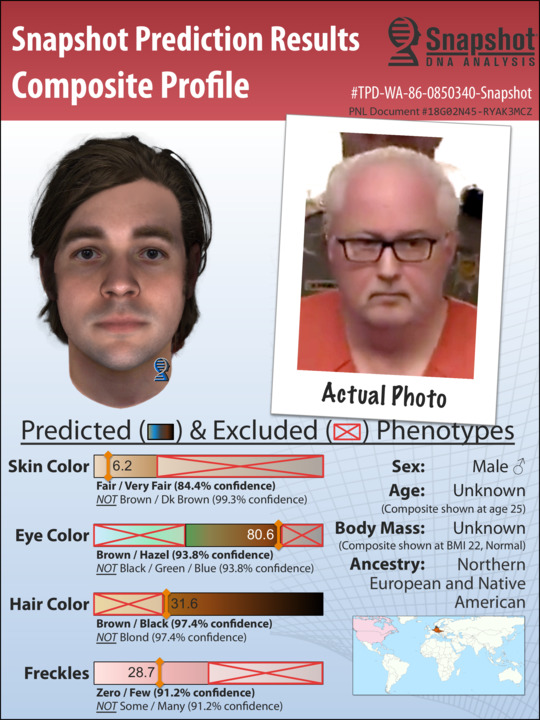
As this image published by Parabon NanoLabs shows, the generated image results technically in the parameters (in particular the color of the skin and the possible presence of freckles). But the color of hair and eyes is on the edge. Not to mention that the suspect has twice the age shown and a different build.
So, even in this case, we have above all the skin, hair and eye color to recognize the suspect. It’s enough?
Possibilities and risks of using DNA to generate 3D images for police investigations
The doctor Ellen Greytak he explained to Vice that “we’re only making predictions from DNA, so we only have one limited amount of informationni “. But that “if the police had a witness, they wouldn’t need us”.
The scientist explains that this method can: “reduce the number of who could be and eliminate people who do not match the description. In these cases, by definition, there is always DNA, so we have no risk of catching the wrong person because just check the DNA“.
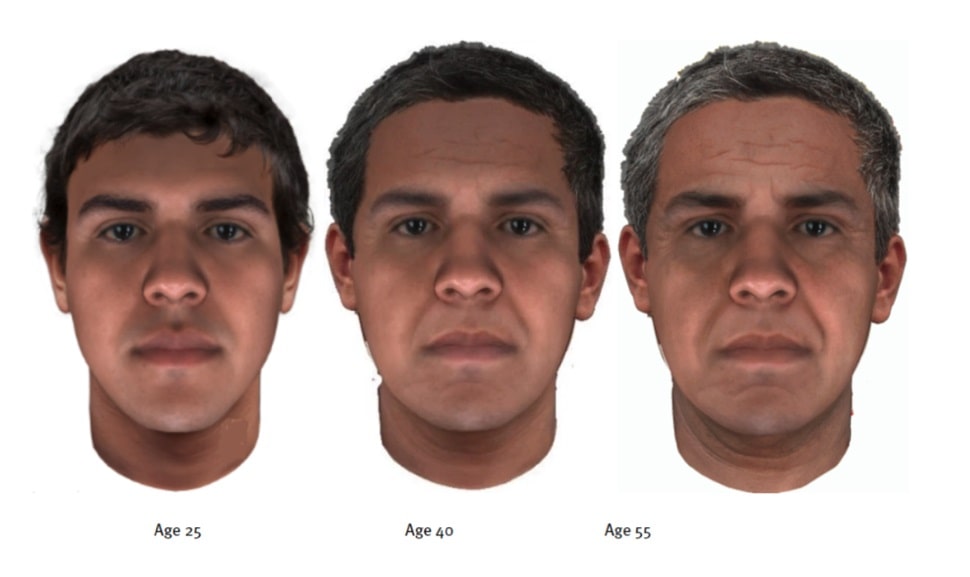
Therefore, according to Parabon NanoLabs, the risk of fThere is no jailing of the wrong person. However, that of bringing suspicion towards an entire ethnic group does exist, as the police department itself acknowledges.
After the complaints of the activists, the Head of the department Enyinnah Squirrel removed the image. And she said: “Although the tension I felt about this case was real, I gave priority to the investigation, which concerns the search for justice for the victim, herself part of a minority, over the potential harm to the African American communityto. This was not acceptable as well I apologize for this”.
The future of the police investigation?
On the Parabon Labs website you will find several cases of crimes “solved with this technology”. We put this sentence in quotation marks because, analyzing the situation better, we see that in any case they were there other evidence which led to narrow the search for the police. This meant that no judge had to evaluate the effective effectiveness of these methods, such as to be able to justify warrants to interrogate a suspect.
In fact, it seems that more than one forensic expert thinks these techniques are not accurate enough to become a reliable tool for police searches. Also, none of these cases report the number of innocent people who have been questioned or suspectednor how much i bias ethnic affect this process.
So the question isn’t really if they ‘work’, but how efficient they are. In other words, you need to understand the success rate based on cost: both for investigations and for the privacy of local populations. The victims of the cases solved using the help of a 3D image generated from the DNA they will certainly be delighted with the success. But scientific studies on theeffective effectiveness of these methods to find culprits and discussions at the legislative level for commensurate the privacy risks.






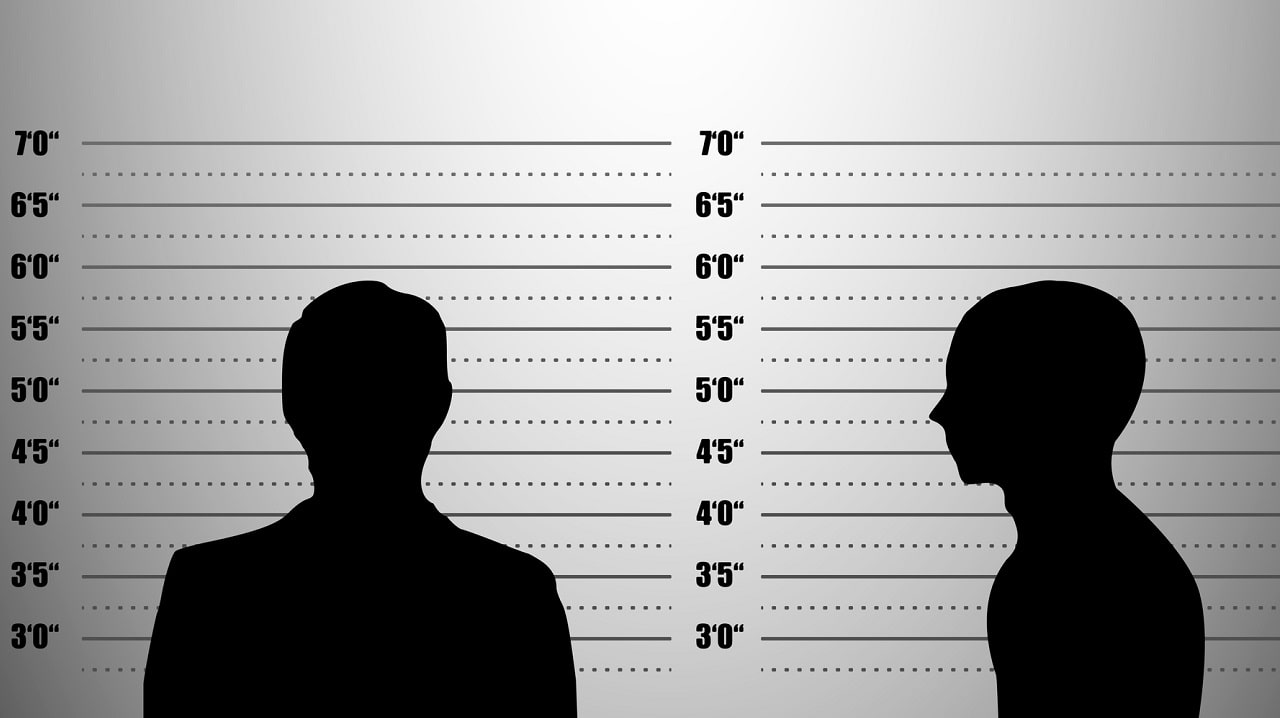

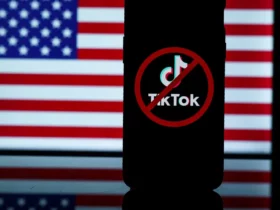

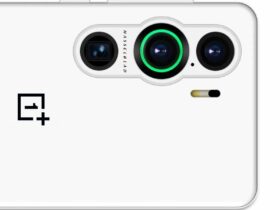


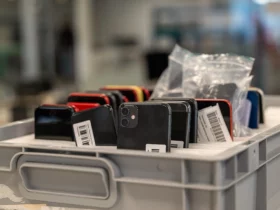

Leave a Reply
View Comments